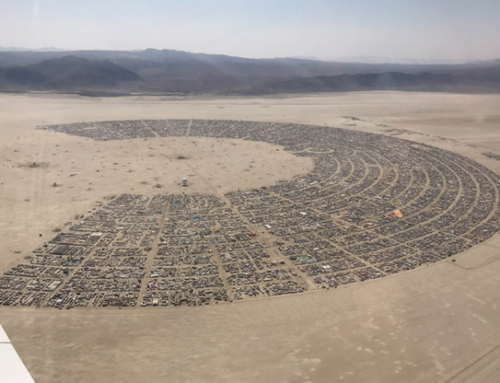In building biology, the building functions like biology. In this analogy the exterior walls come alive.
The Sustainable Habitat 2020 building featured by Trend Ease, inhales natural resources, process it, and then exhales energy used by the same building systems. It has the biological secret of upcycling energy.
The traditional benign and anaerobic building materials are exchanged for materials which “inhale”, capturing surrounding air, water, and sun. Open petal-like orifices on the building’s exterior capture natural elements, filtering, then “exhaling” them into the building for use in cooking and showering water; heating and cooling air systems, and as energy for lighting. While the unpredictability of the weather could steer architects away from a living skin model, control of energy systems within the building remains at the user’s finger tips. Checking the weather forecast metamorphizes into checking for the type of daily energy the living skin can absorb and store for future use. Since the living skin approach to building and living reuses natural elements for lighting, heating and water, it draws strong parallels to the natural world, whereby one ecosystem discharges waste, another finds use for it.
If our way of living can mimic biological use and recycling, architecture may be a conduit to environmental conservation and regeneration.
Environmentally-aware designers/engineers and architects have tapped into biomimicry as an innovative approach to the cityscape and will continue to develop climate-aware processes in architectural design as demonstrated by the Sustainable Habitat 2020.
Credits and acknowledgements go to:
https://www.youtube.com/watch?v=gTyL5lEiTU4&ab_channel=LouisianaChannel
https://inhabitat.com/habitat-2020-off-the-grid-future-abode/
https://courses.lumenlearning.com/boundless-biology/chapter/systems-of-gas-exchange/



